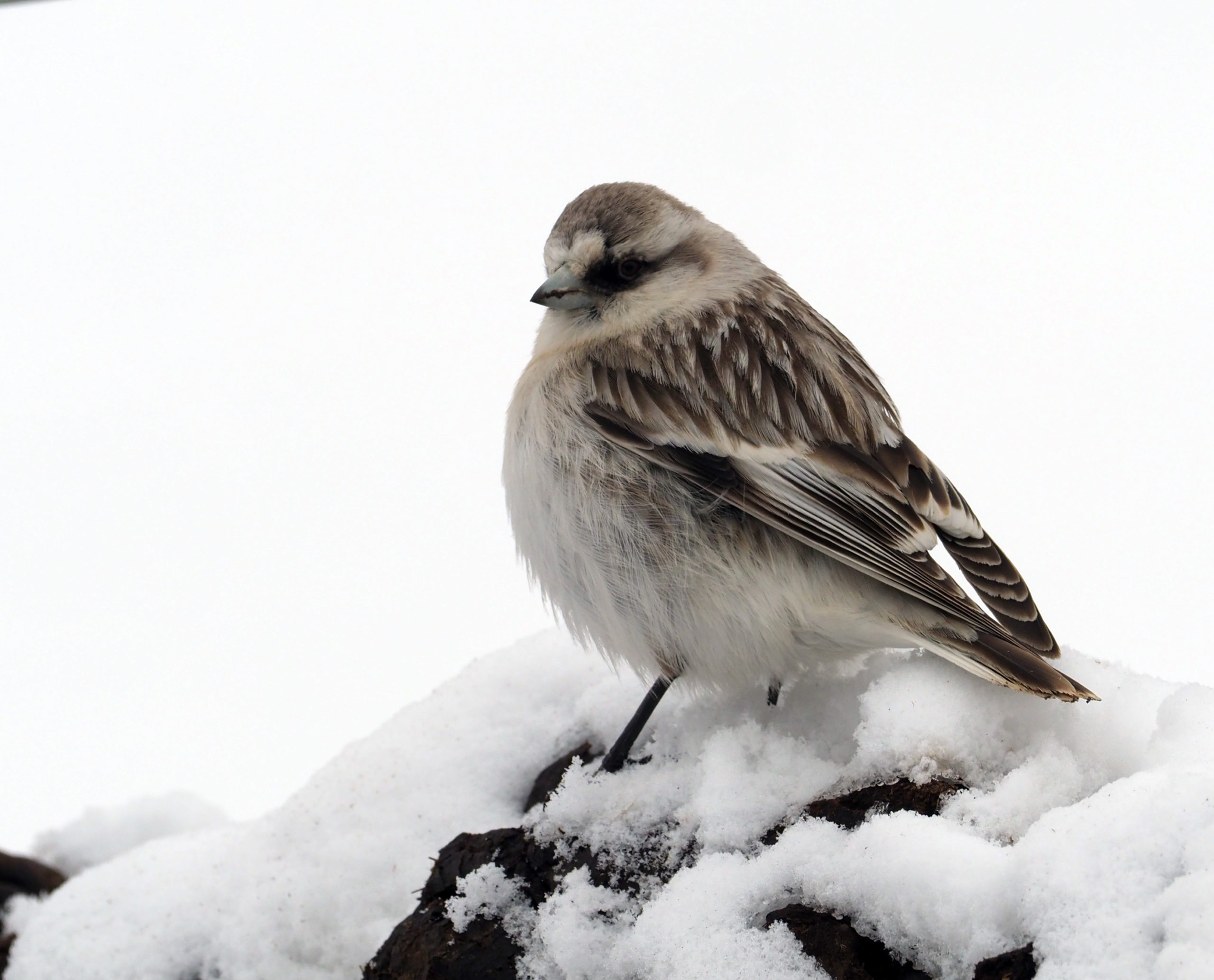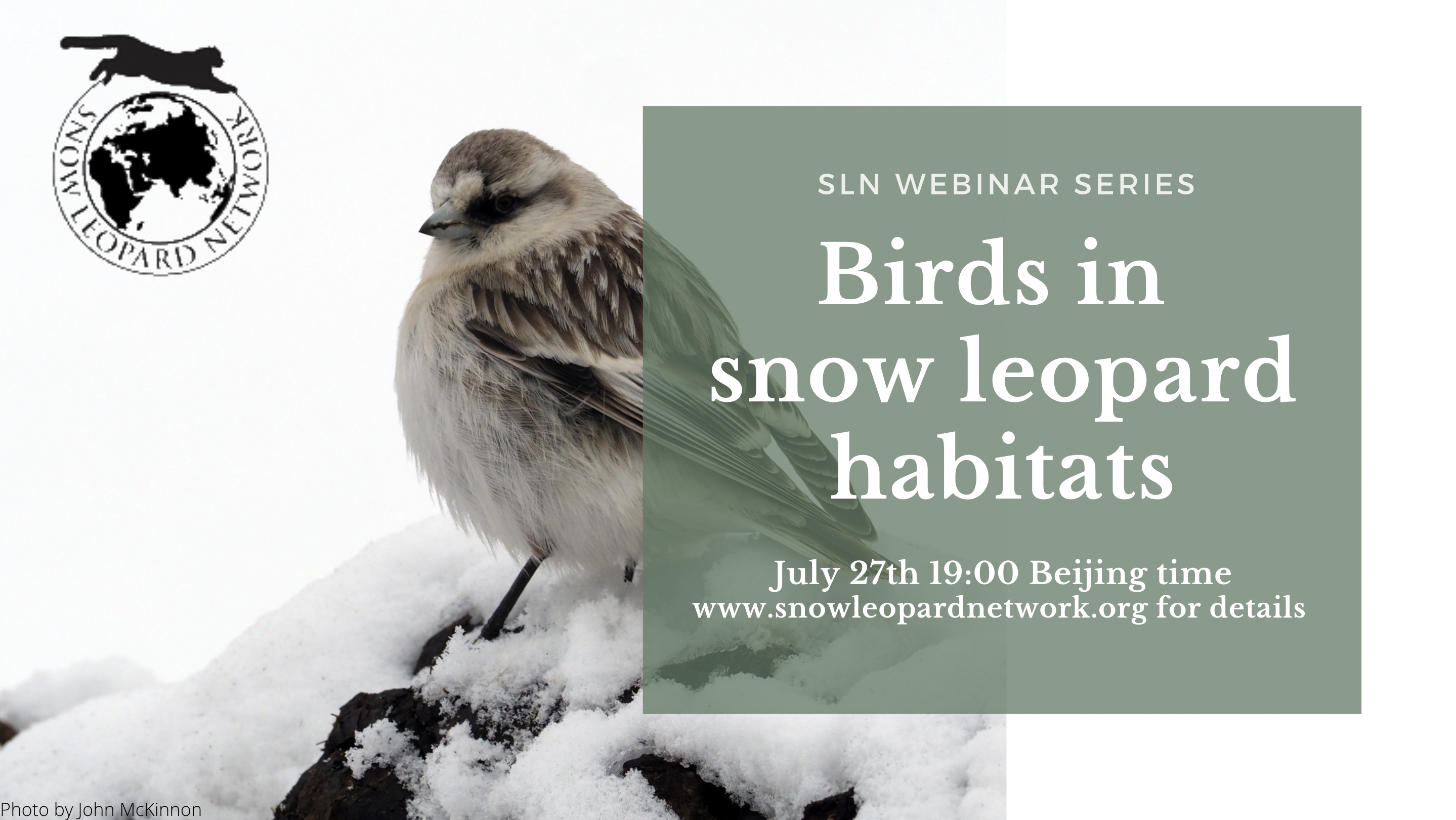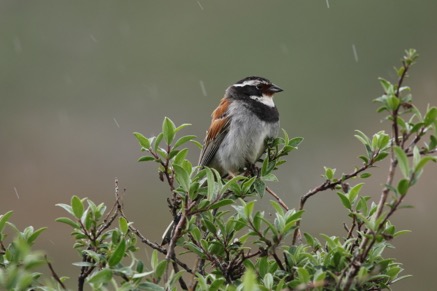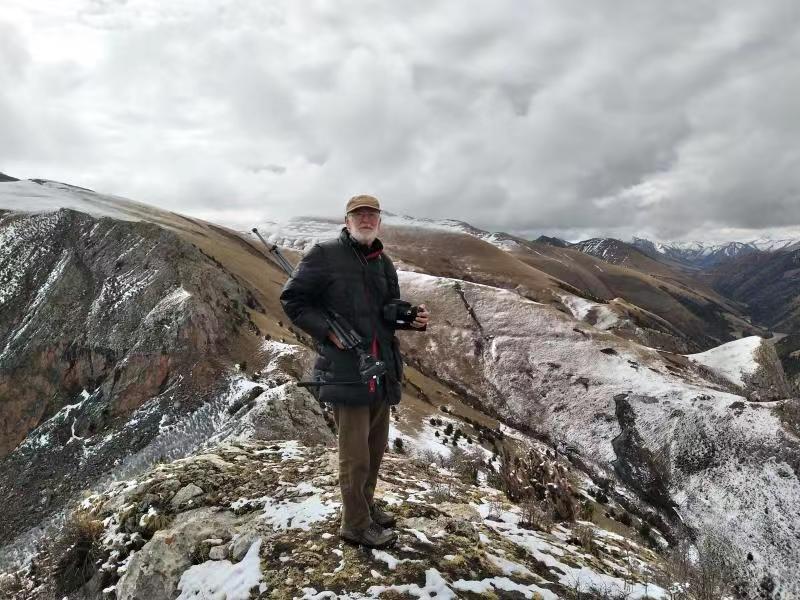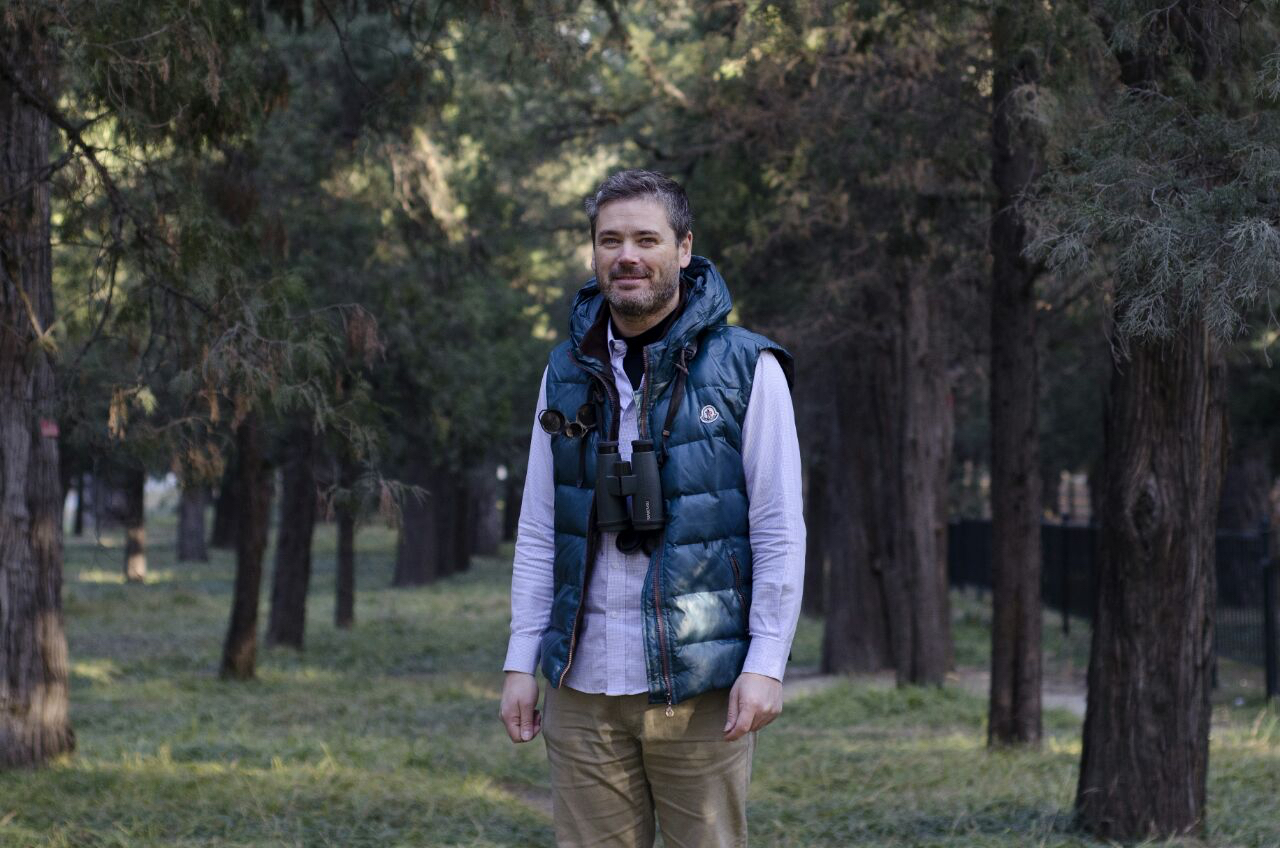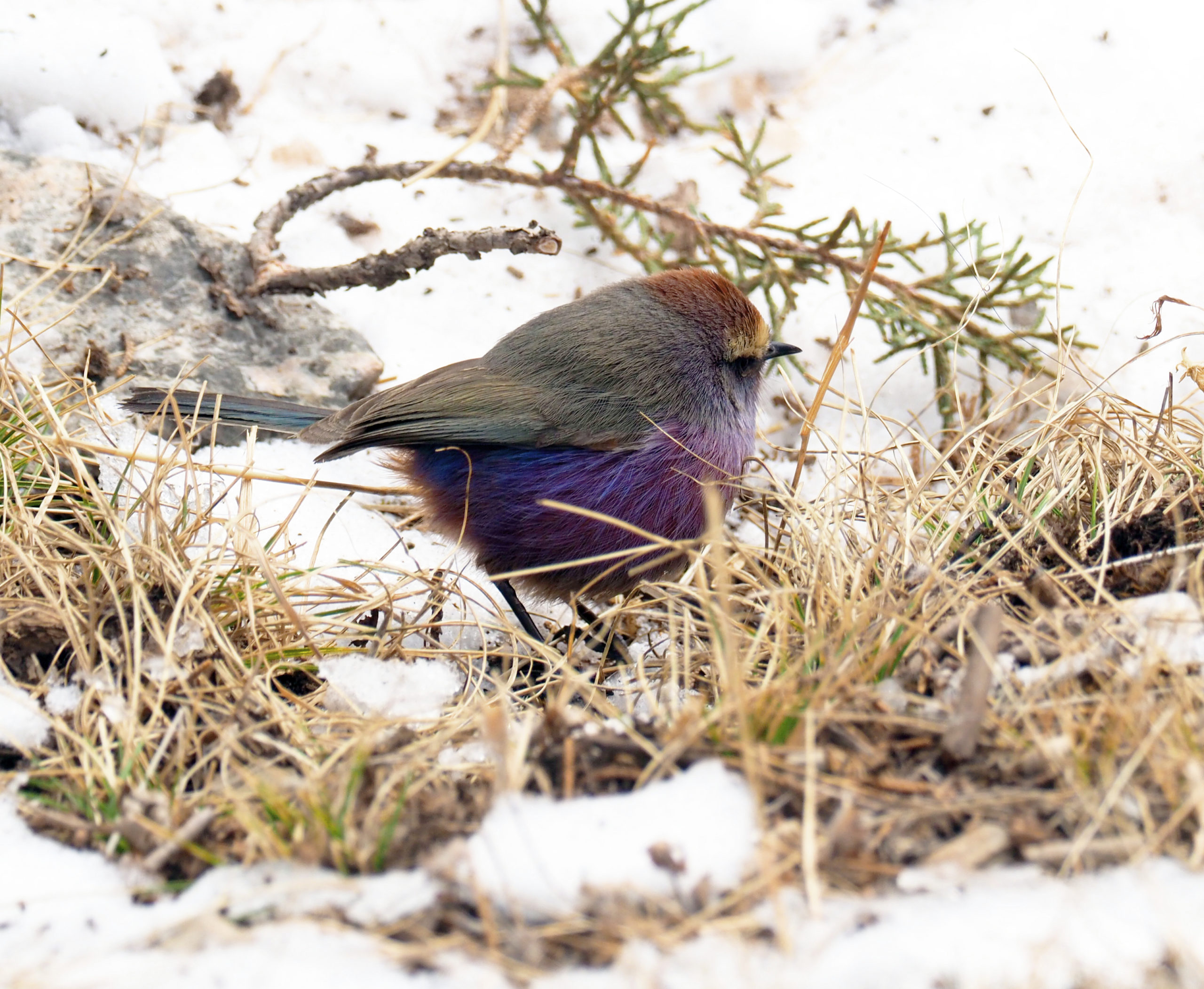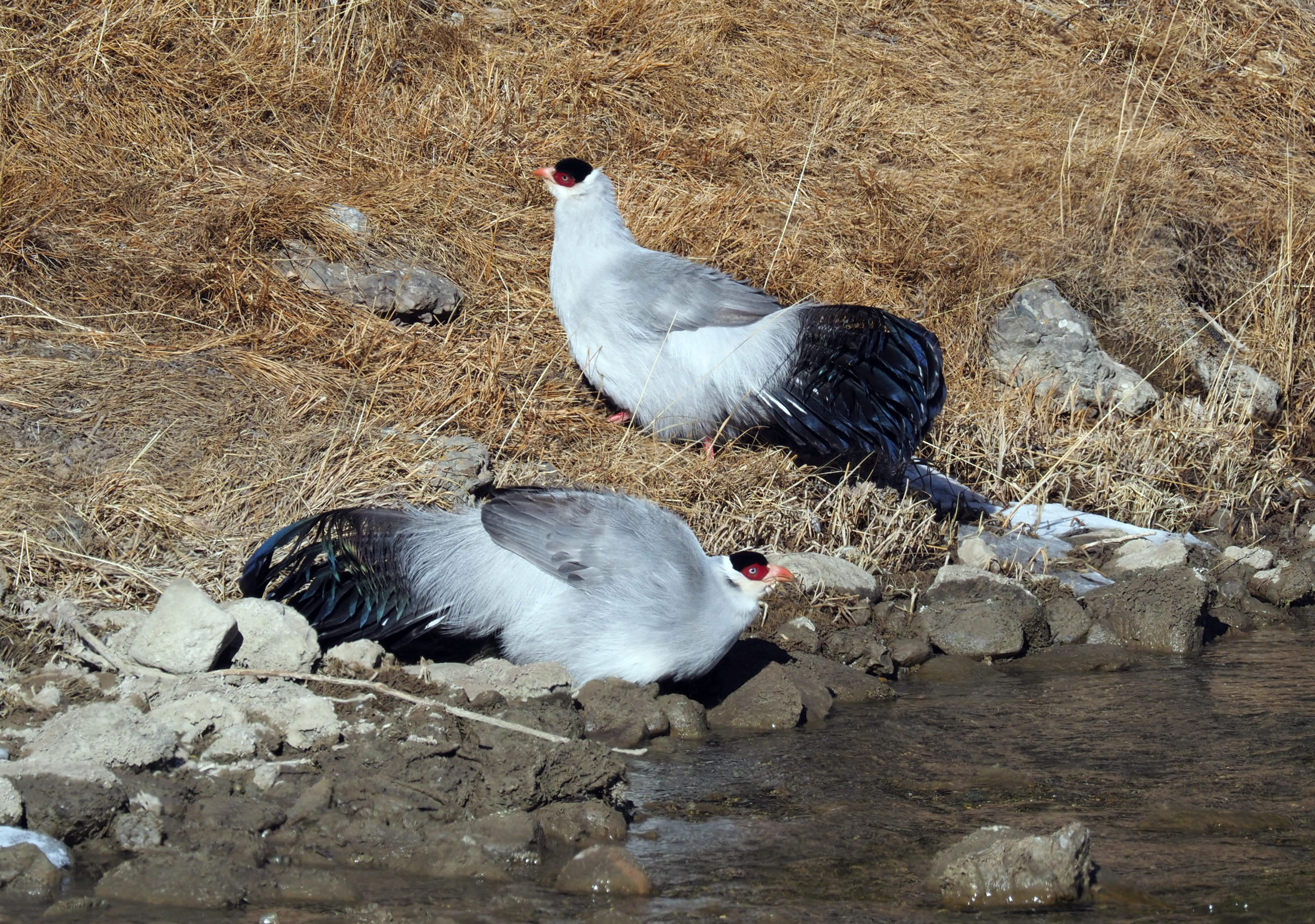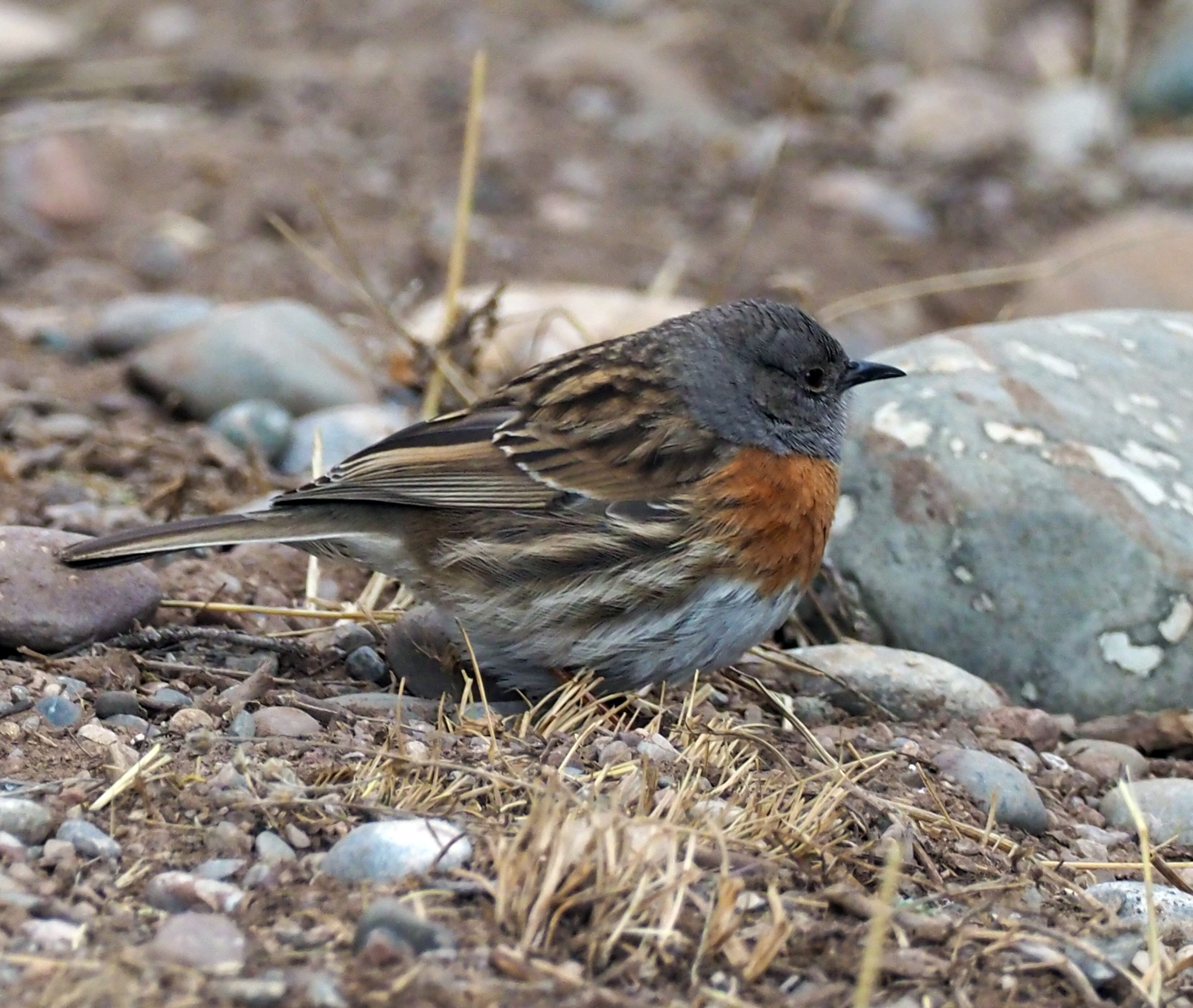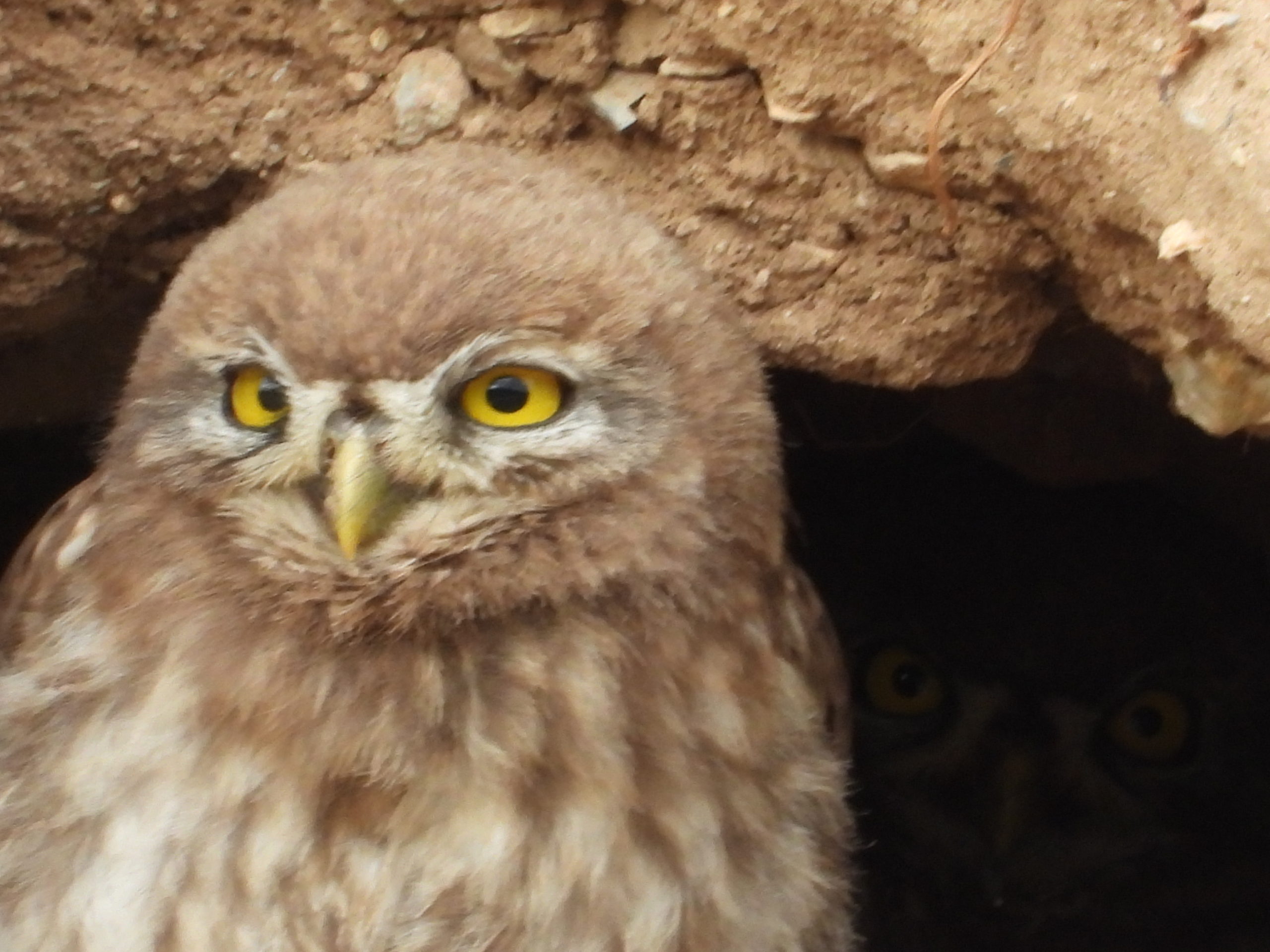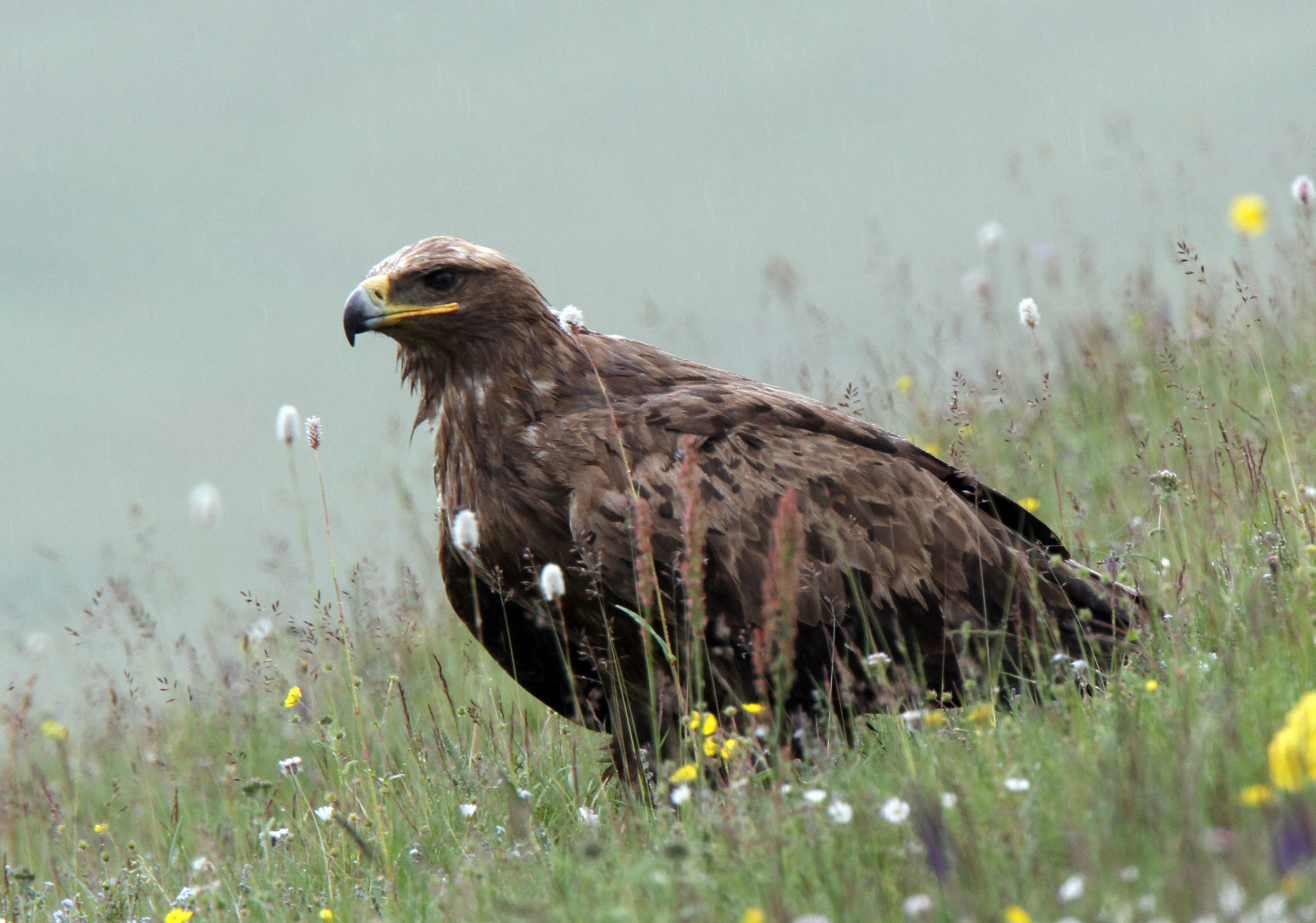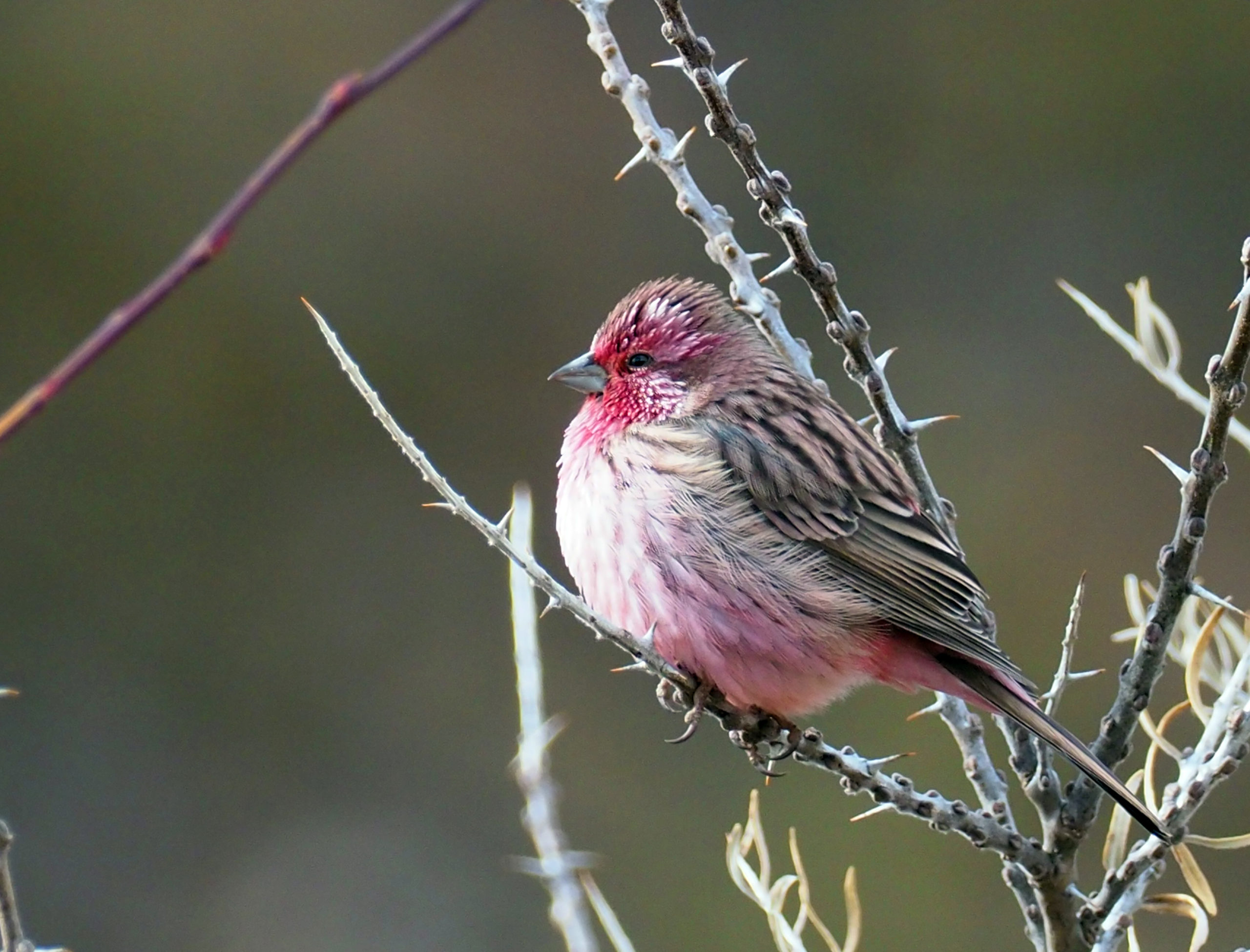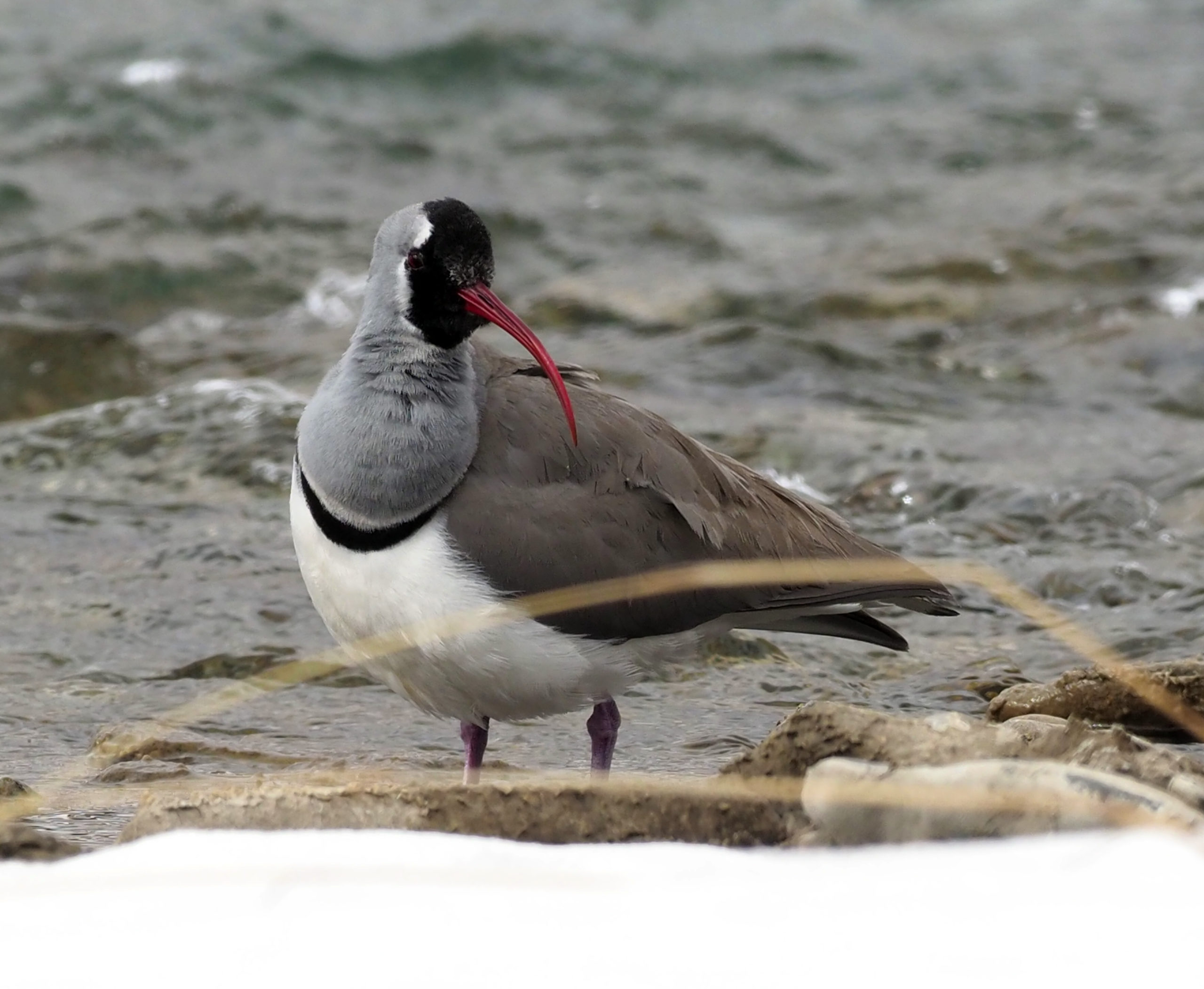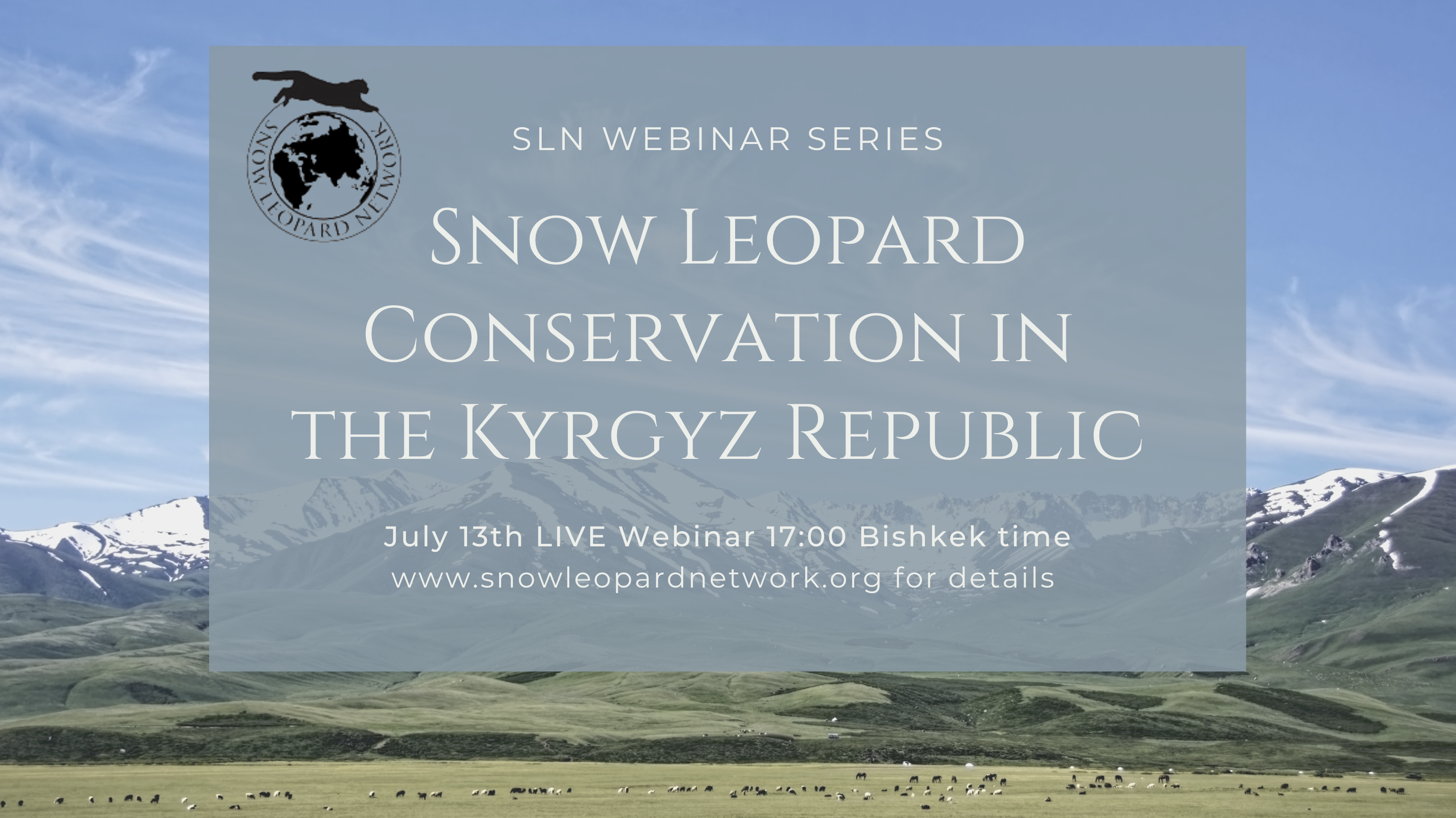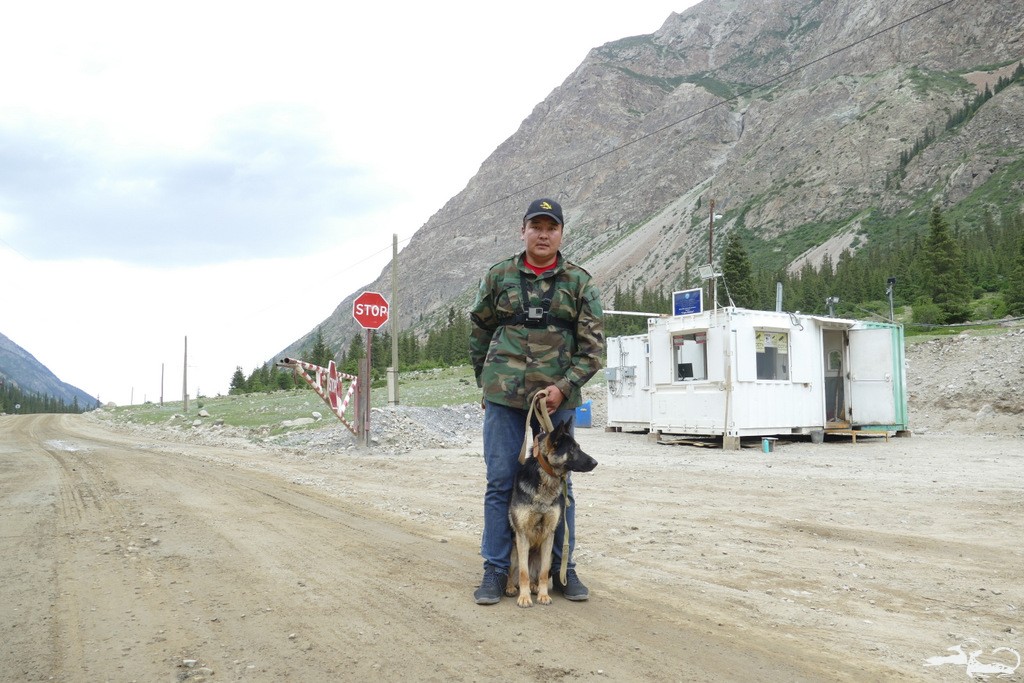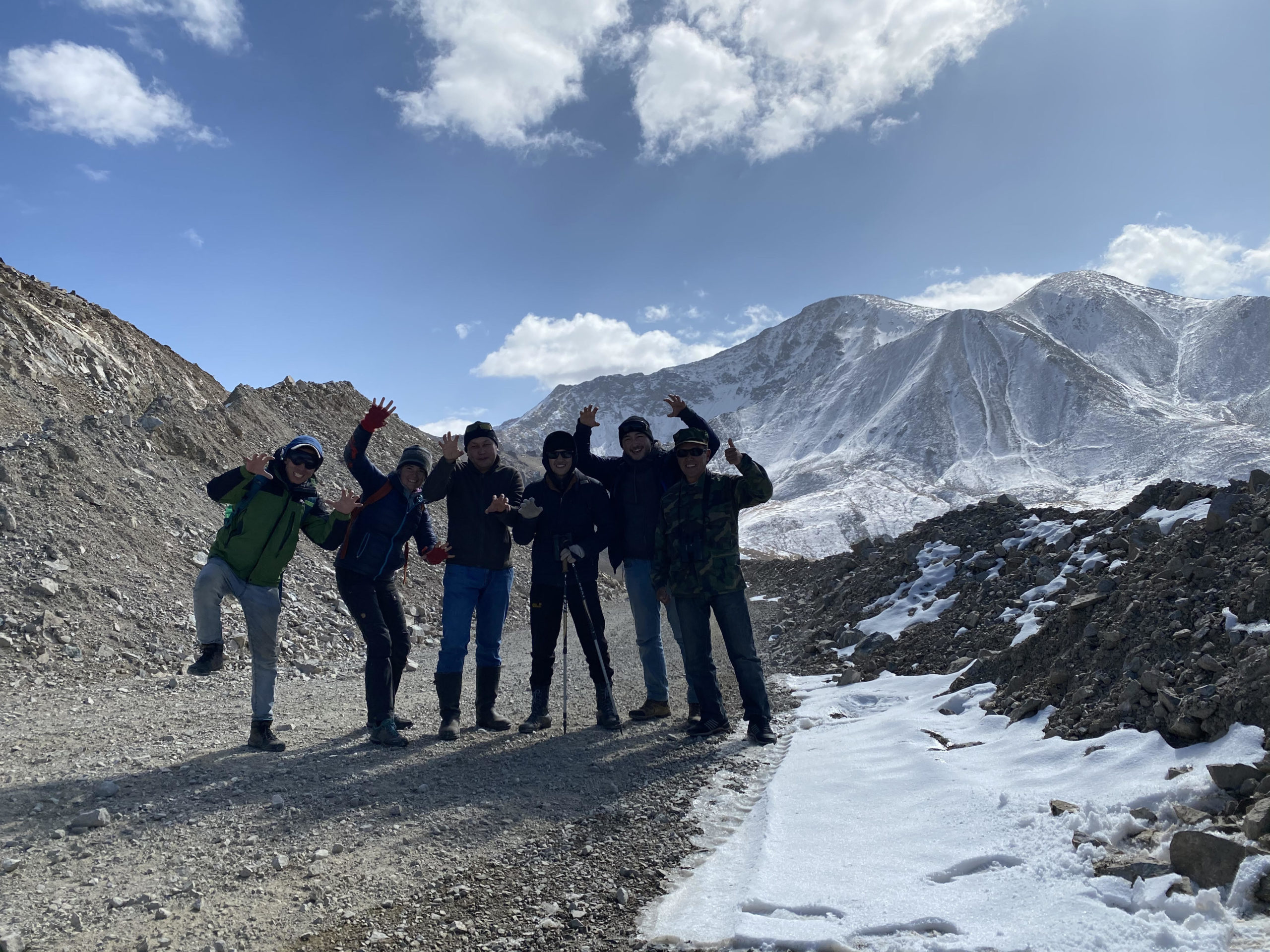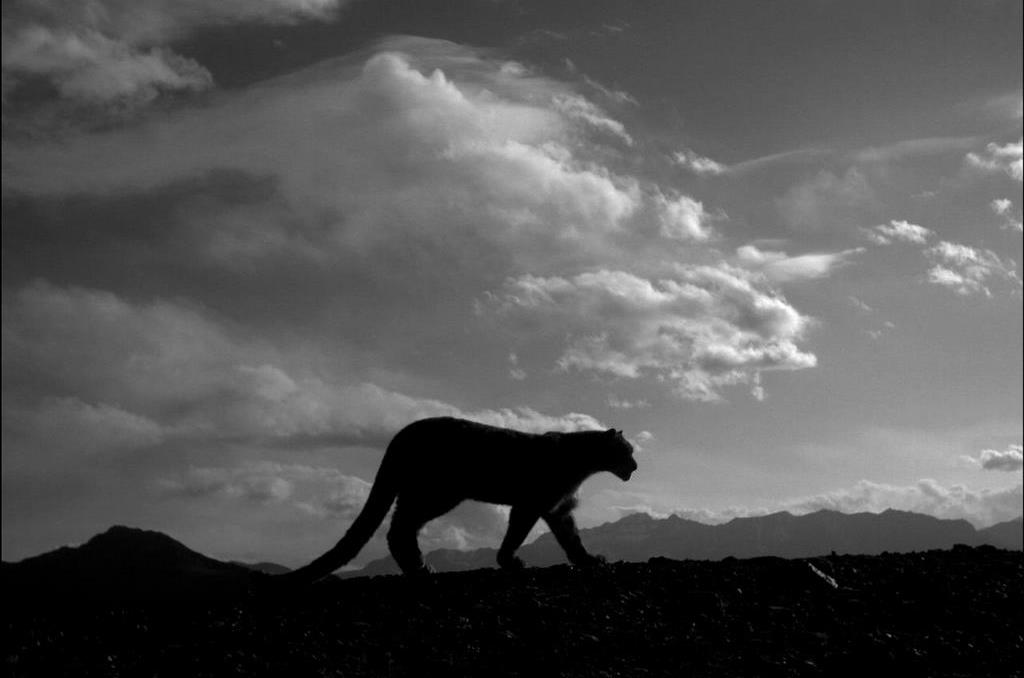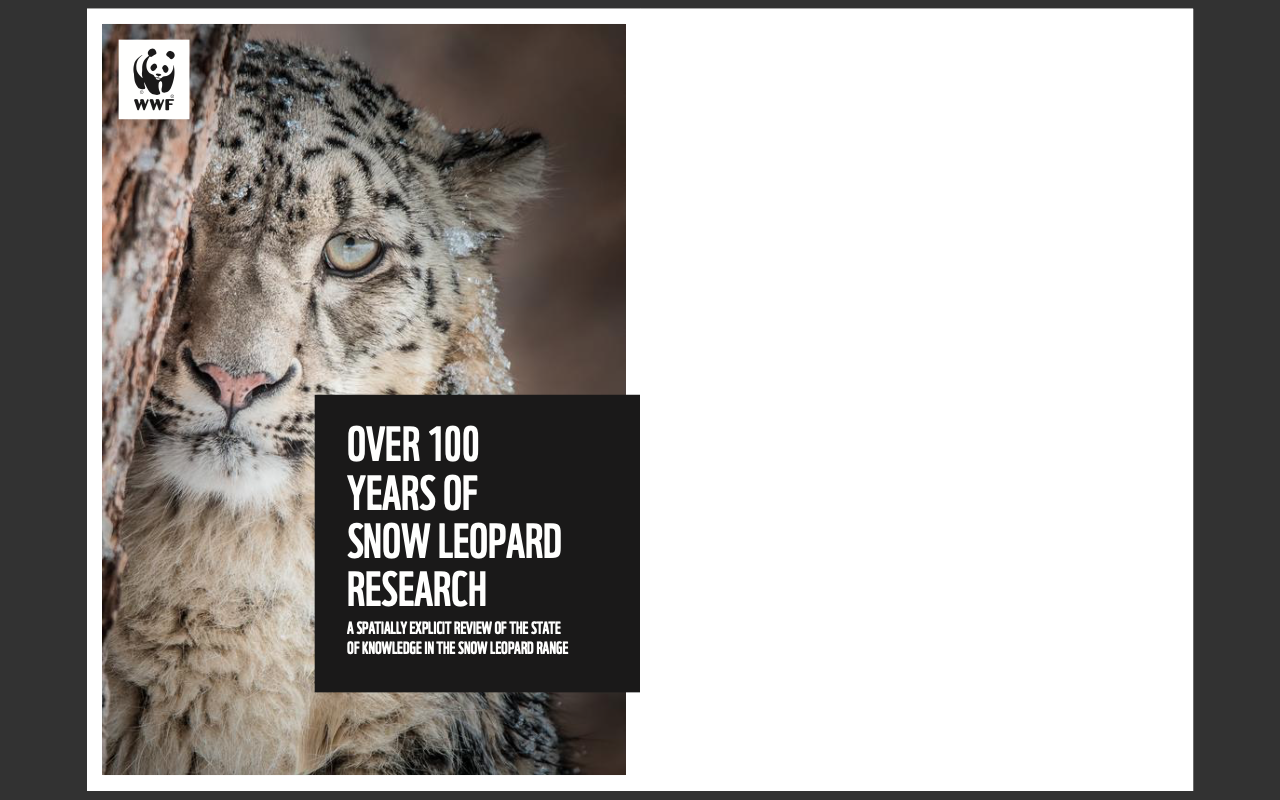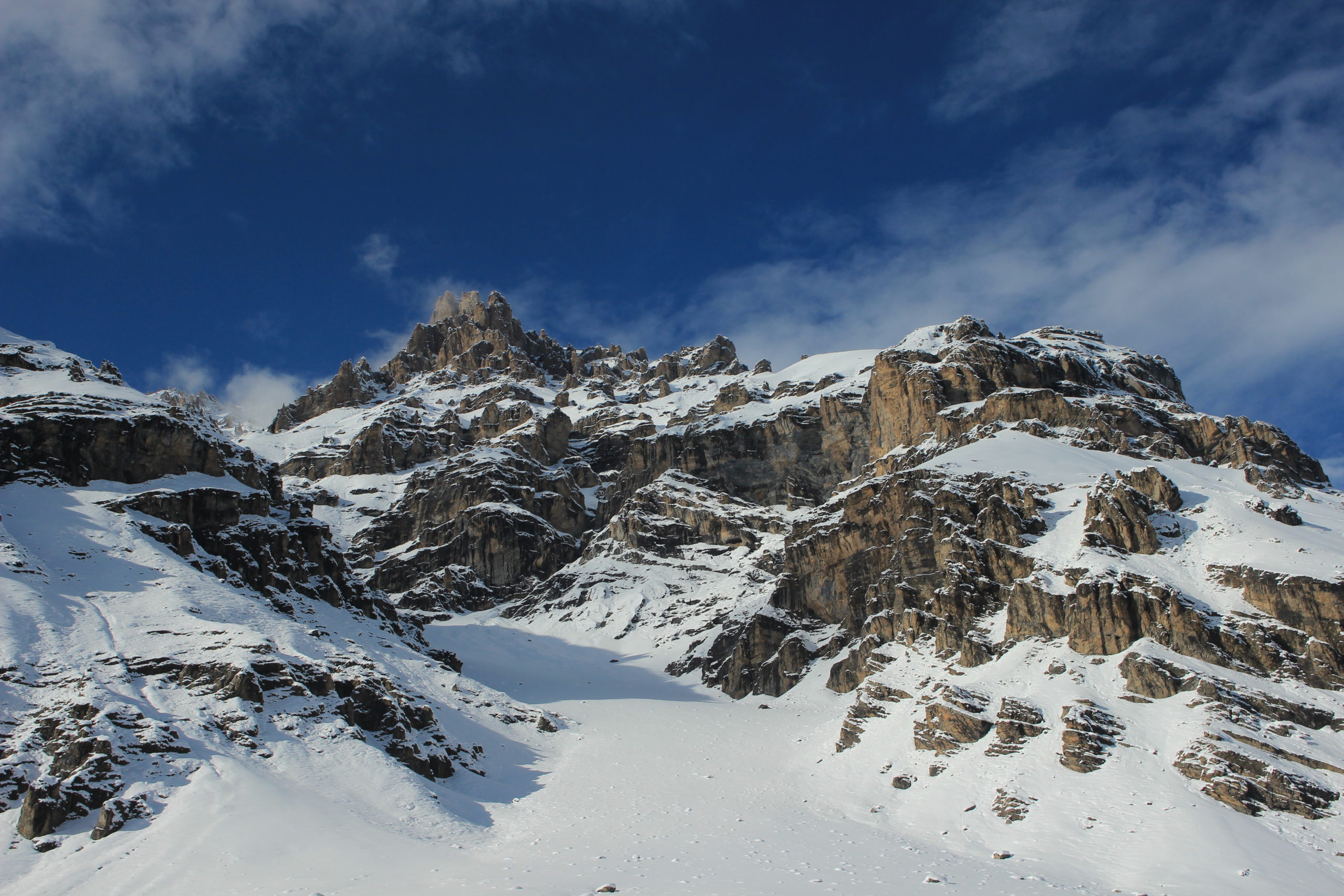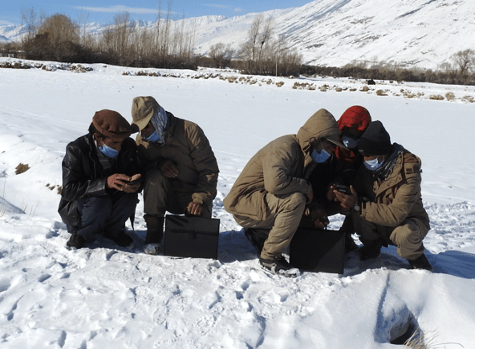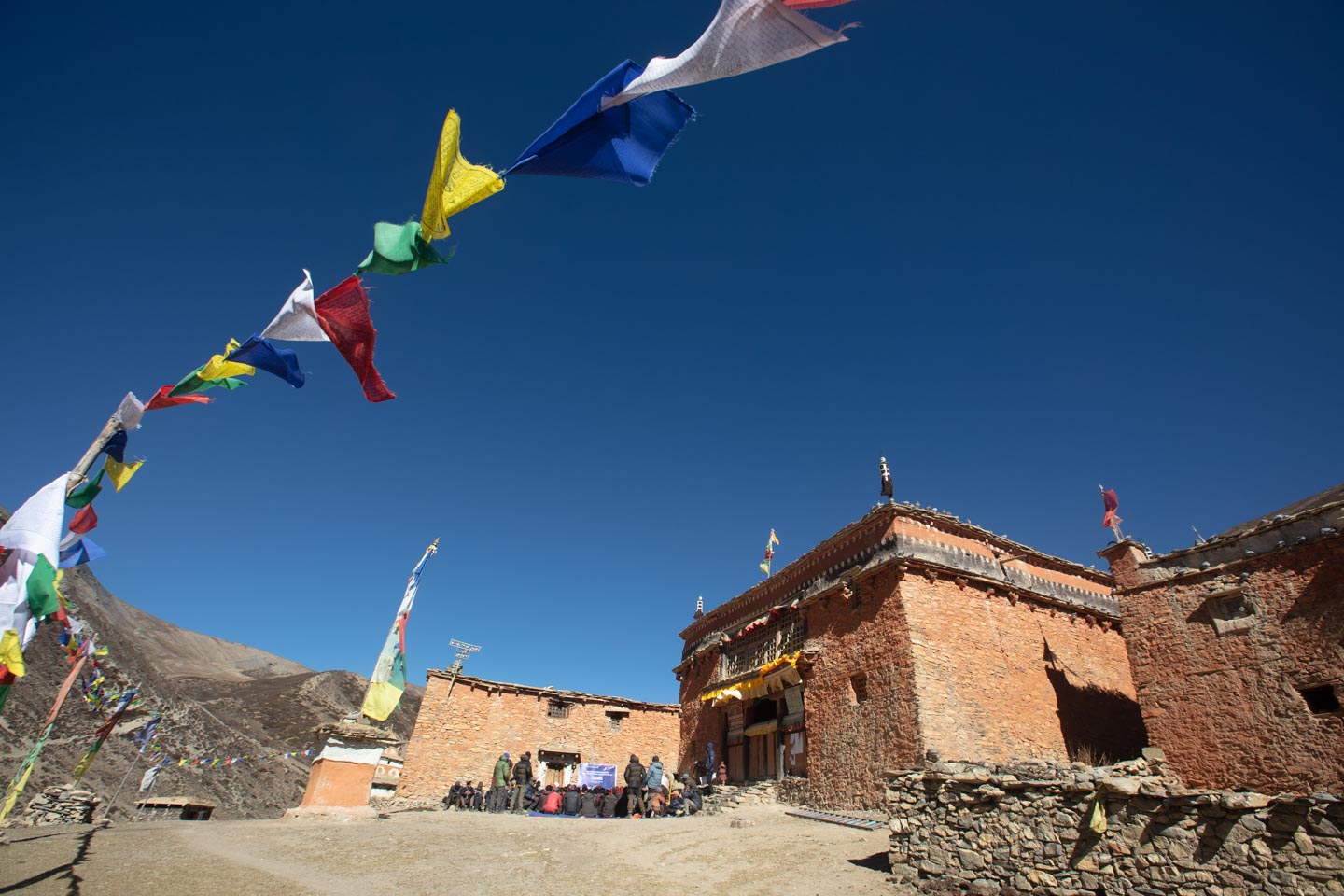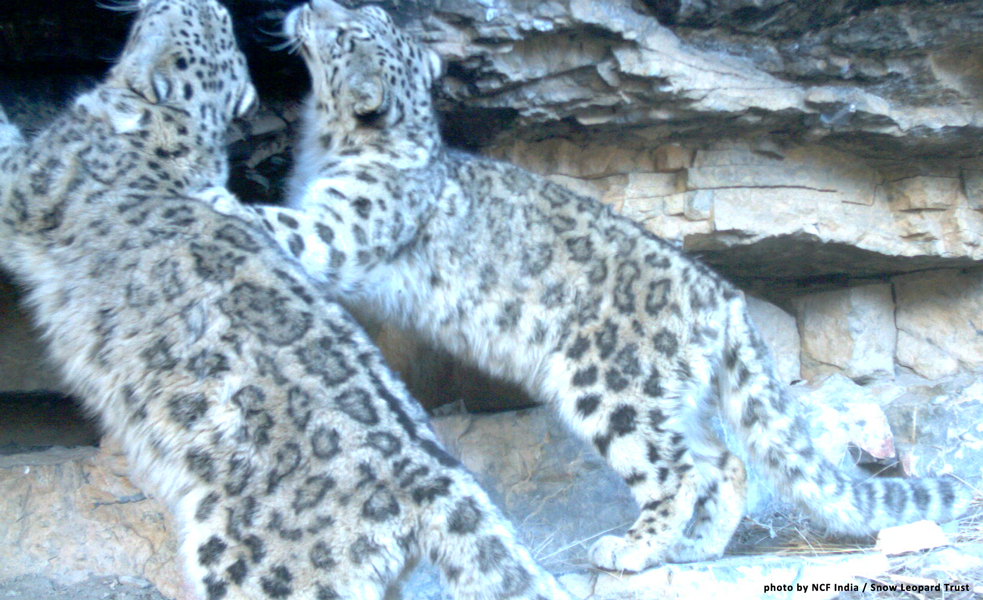
Identifying snow leopards by their spot patterns is crucial for assessing their populations. However snow leopards can be misidentified. Current analytical frameworks, such as the spatial capture recapture or the now retired (conventional) capture recapture methods, assume full confidence in the individual ID data being used for analysis. Misidentifying individuals can thus bias snow leopard abundance estimates depending on the type of misidentification error. Teams across the snow leopard range and world are working to find approaches that address these limitations.
This workshop aims to highlight how errors in snow leopard identification is a concern and ways that such errors can be minimised. This will include the presentation of recommendations to improve individual identification from camera trap images. We will also cover on-going and future developments in statistical ecology that could address this uncertainty analytically.
SLN welcomes its Steering Committee member Orjan Johansson who will introduce a recent publication on the scope of potential mis identifications errors in camera trap data processing. He will also share the latest thinking on investigating this challenge further. Orjan will be joined by Abinand Reddy, David Borchers, Justine Shanti Alexander, Koustubh Sharma, Manvi Sharma and Paul van Dam-Bates as Panelists. Each panelist will share their experiences and insights on snow leopard camera trapping and the tools that are being developed to address concerns with individual identification. We hope that this workshop will help share good practices and recommendations for improving individual identification.
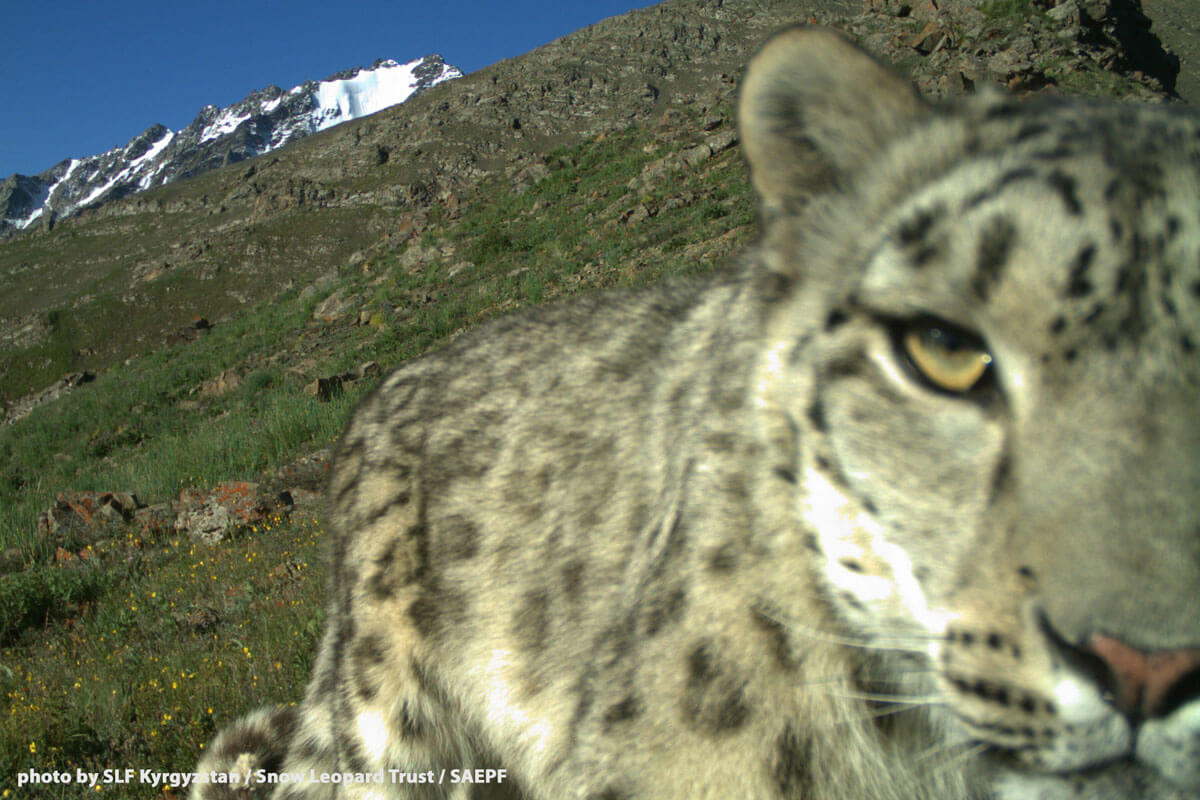
About the Workshop
Reliable assessments of snow leopard populations are key for their conservation. A recent paper (Johansson et al. 2020) points to frequent errors in identifying individuals and highlights how even small errors can inflate population abundance estimates.
Snow leopards can be misidentified as their spot patterns may not be easily recognized when their thick fur gets ruffled or when their body is photographed at different angles. Identification becomes even more difficult with blurry images associated with slow shutter speeds in low light or an animal’s rapid movements. A large number of photographs of different individuals can also lead to observer fatigue and subsequent errors in the identification process. Johansson et al. (2020) reported that observers tended to identify more individuals than were actually captured leading to inflated estimates. Current Capture Recapture models assume complete accuracy in the identification of individuals. These methods estimate the probability with which some individuals may never get captured during a camera trapping exercise and this allows reliable and replicable estimates of the population being surveyed. However misidentifying individuals can bias abundance estimates depending on the type of misidentification error. Improving the individual identification of snow leopards with artificial intelligence, and building uncertainties in the identification process into later statistical models, are both challenges that are at the cutting edge of research efforts. It is necessary to minimize the misidentification of animals through careful scrutiny, transparent reporting, and skills development and assessment.
The workshop aims to outline a few tools and recommendations. Orjan will start with presenting the key findings from the study and highlight possible sources of error and what to look out for. Our guest Panelists will then share recommendations for reducing errors and introduce analytical approaches that may help support teams. We will then open the discussion for ways to improve camera-trapping surveys.

About our Guests
Abinand Reddy is a PhD student at the Centre for Research into Ecological and Environmental Modelling, St Andrews. He is interested in developing and applying quantitative methods to inform conservation. His PhD research currently revolves around extending SCR models for better estimates of snow leopard densities.
David Borchers is a distinguished academic at the University of St Andrews, with more than 30 years experience developing and applying statistical methods to address problems in ecology. His current main research interests focus on spatial capture-recapture and related methods.
Justine Shanti Alexander is the Executive Director of the Snow Leopard Network and the Regional Ecologist for the Snow Leopard Trust. She supports snow leopard research and conservation work across China, Mongolia, Kyrgyzstan, Pakistan and India. She also provides technical and coordination support to the GSLEP PAWS effort across range countries.
Koustubh Sharma is the International Coordinator of the Global Snow Leopard and Ecosystem Protection Program (GSLEP) and a Senior Regional Ecologist at the Snow Leopard Trust. With nearly 20 years of experience in ecological research, wildlife conservation and training, he helps build collaborations and coordinate alliances and at multiple levels for snow leopard research and conservation.
Manvi Sharma is a Research Associate with the Nature Conservation Foundation, India. Her research interests include behavioral ecology, population ecology, and evolutionary ecology. She is working on the project on population assessment of snow leopards and their prey in India.
Orjan Johansson is a senior conservation scientist at the Snow Leopard Trust. His research evolves mainly around snow leopard ecology and behaviour. Orjan devotes a lot of his time to a snow leopard study in Mongolia.
Paul van Dam-Bates is a PhD student in statistics at the University of St Andrews working with David Borchers and Michail Papathomas on latent ID spatial capture-recapture methods for camera traps and acoustic recorders. Prior to this, Paul did a masters in statistics at the University of Victoria, worked as a statistician for the Department of Conservation in New Zealand and was a statistical consultant for Ecofish Research Ltd.
Date/Time
Tuesday, May 11th, 2021; 14:00-15:15 Bishkek time (1h15min)
Location
ZOOM, to join this talk, REGISTER HERE
Please note
- If you have never used Zoom before, we recommend that you try the link 10 minutes before the start of the lecture.
- Please feel free to write questions in the comment area and there will be time for questions/discussion at the end of the talk.
- Please note that the session will be recorded and later featured on the SLN website. If you have concerns about this please let us know before the session.

